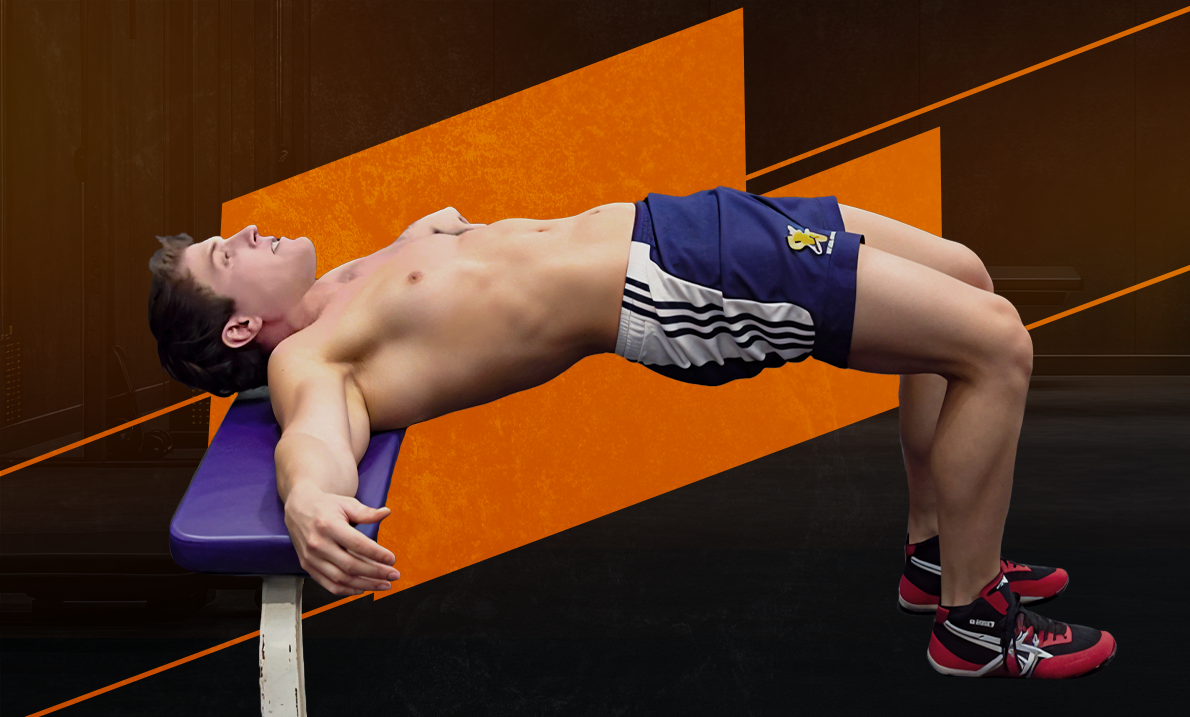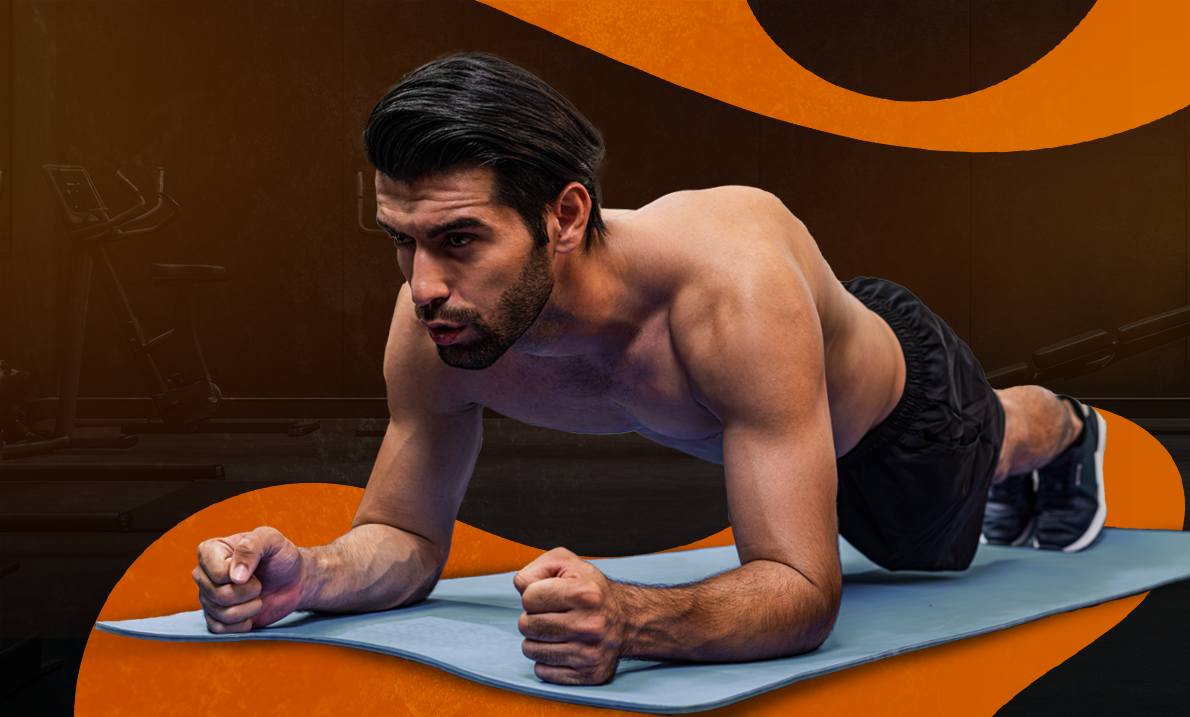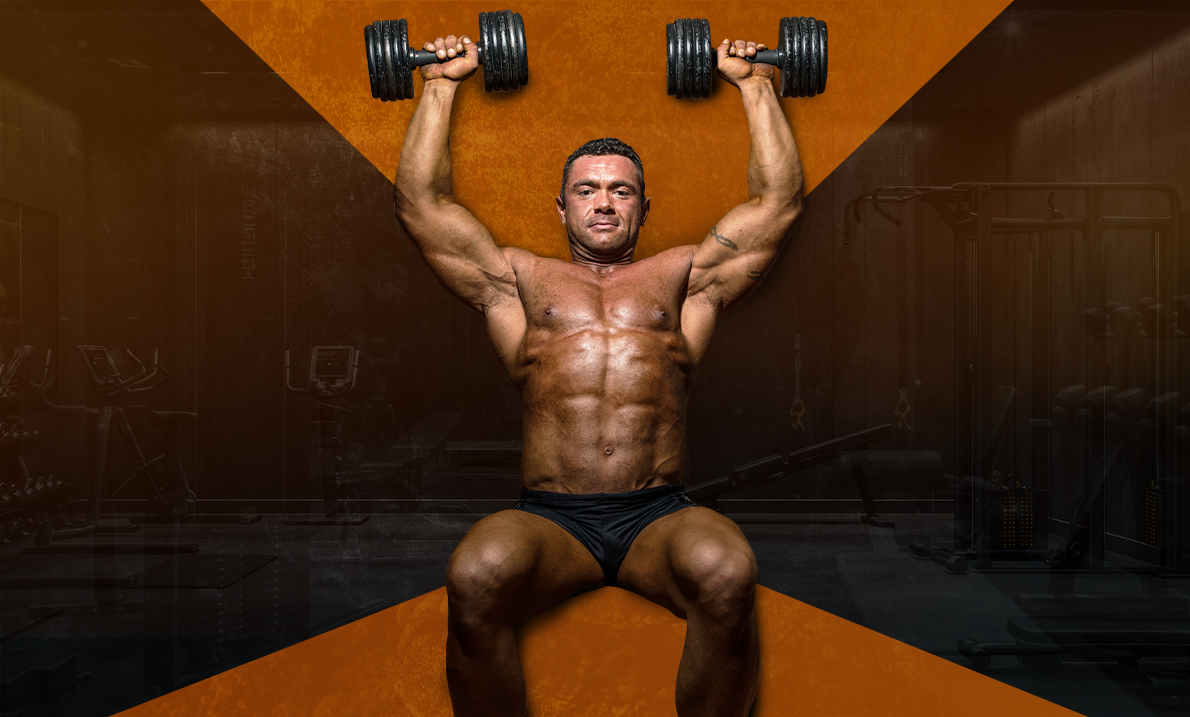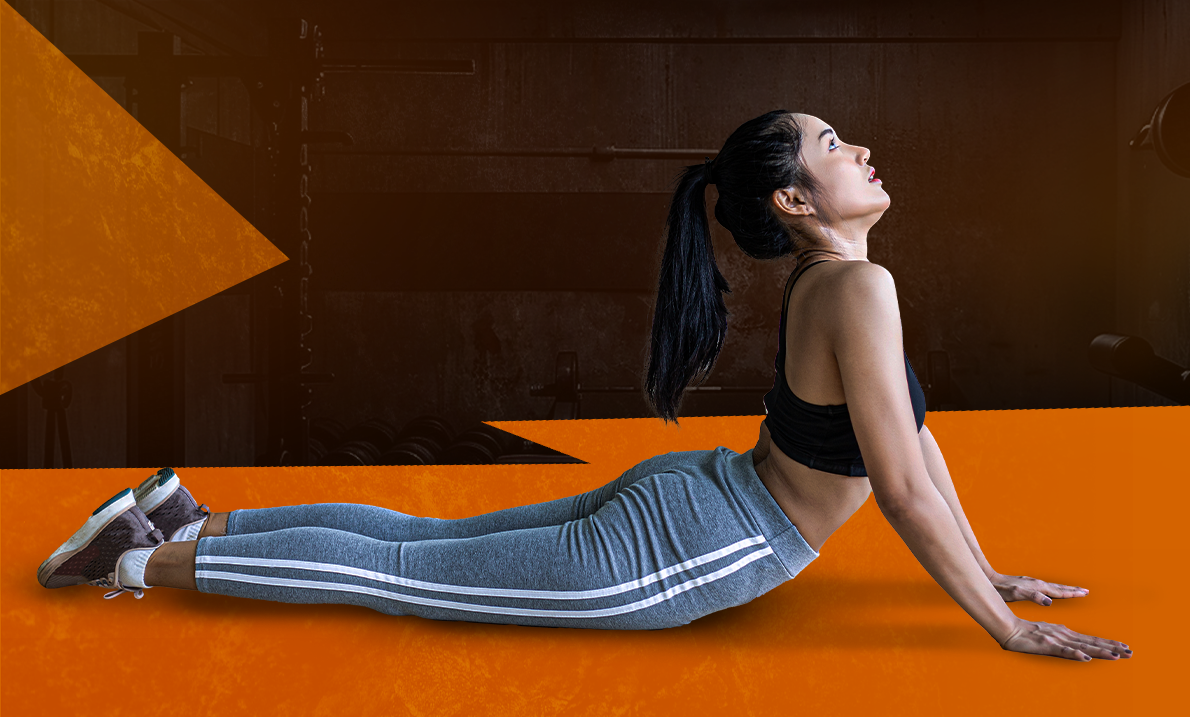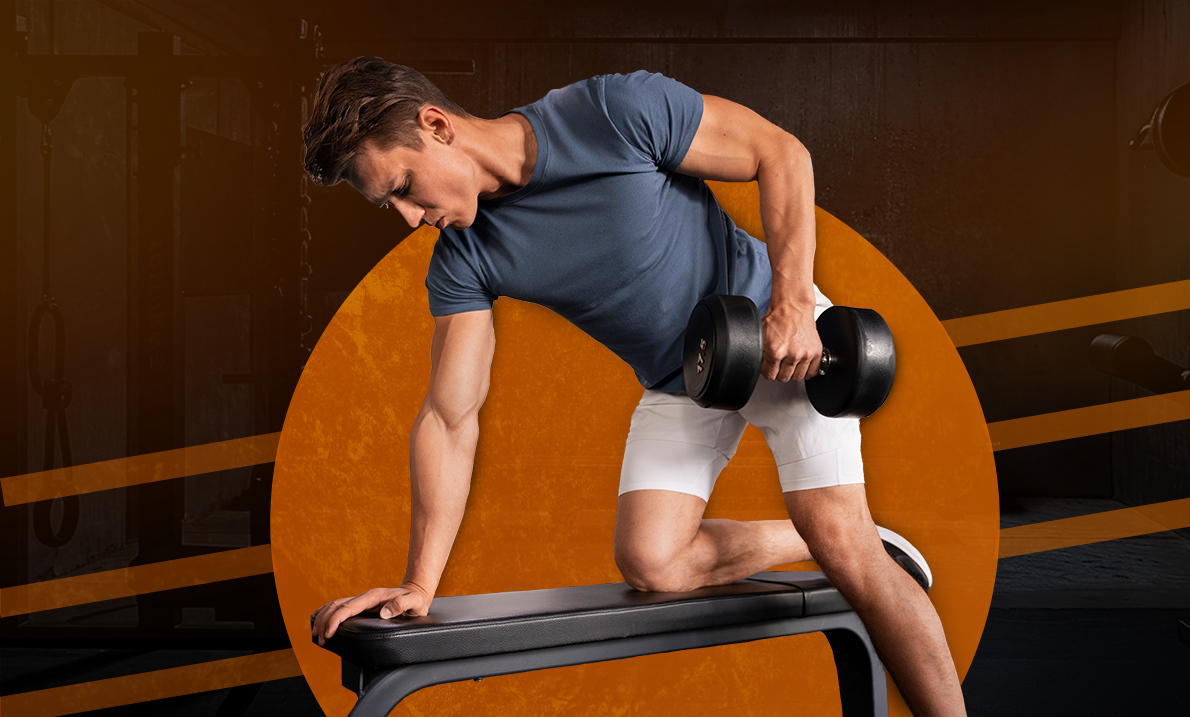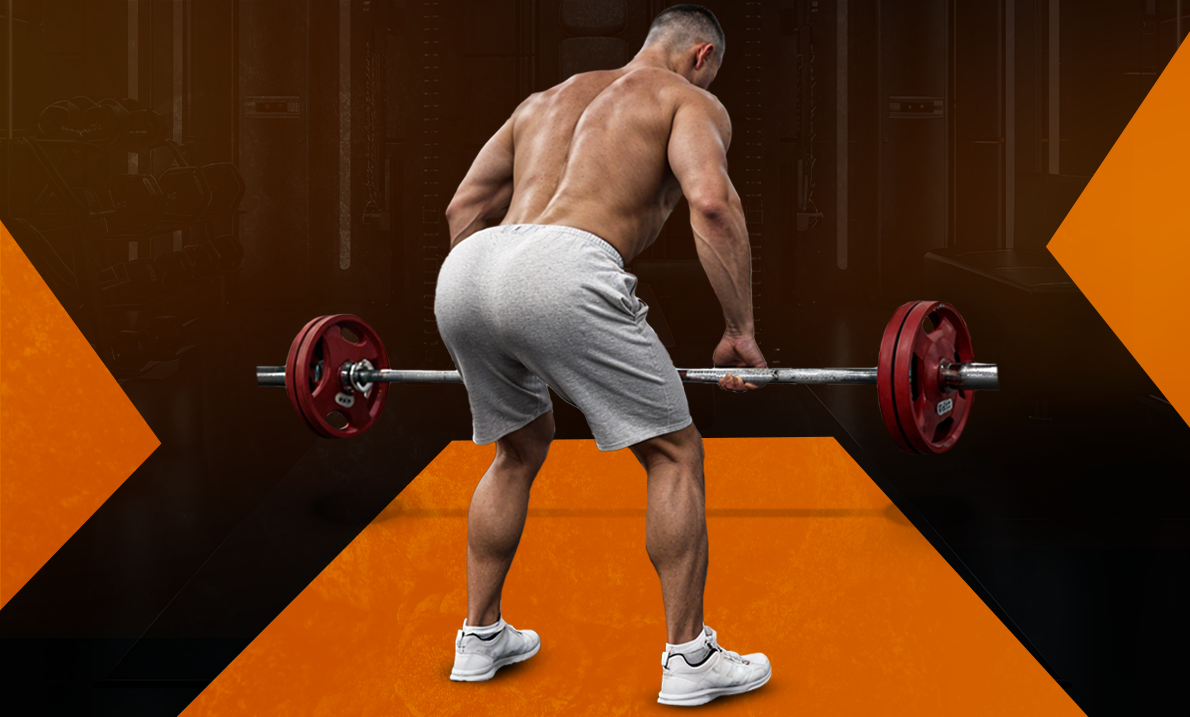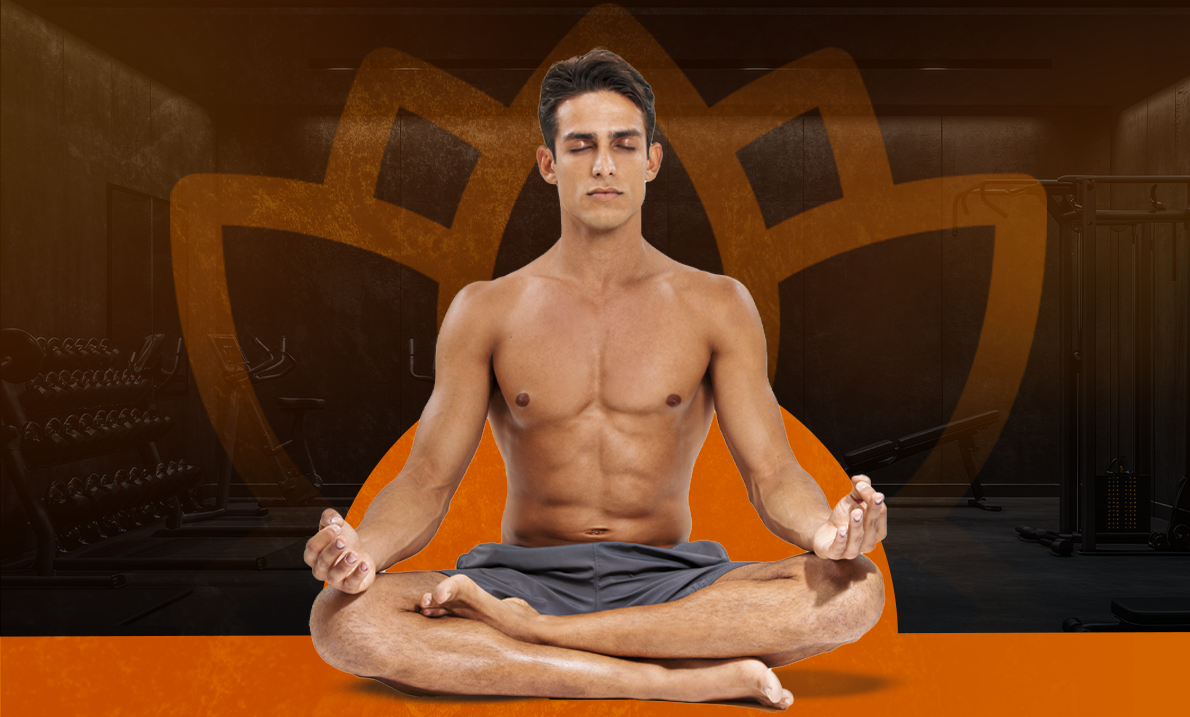The hip thrust is one of the most effective exercises for building stronger glutes, improving lower-body strength, and enhancing athletic performance. Whether you’re an athlete or simply looking to sculpt your lower body, this exercise is a must-have in your routine. It primarily targets the glutes while also engaging the hamstrings, core, and lower back. The movement involves sitting on the ground with your upper back resting against a bench, feet planted, and driving your hips upward.
MUSCLES WORKED IN HIP THRUST
The hip thrust is a great exercise for your glute muscles. Check out what else they can do.
Primary Muscles Worked
These muscles do most of the work during the movement:
- Gluteus Maximus: The primary muscle responsible for hip extension.
- Gluteus Medius & Minimus: Assist in hip stabilisation during movement.
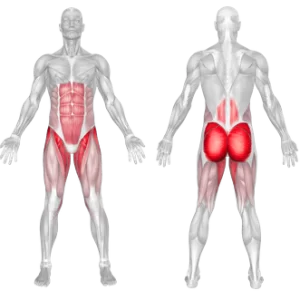
Secondary Muscles Worked
These muscles provide additional support and stability:
- Hamstrings: Support hip extension and knee flexion.
- Quadriceps: Help support knee stability during the movement.
- Core & Lower Back: Maintain posture and prevent excessive arching.
BENEFITS OF THE HIP THRUST
Let’s get to know the key benefits of the hip thrust muscles.
Maximises Glute Activation
More effective than squats for directly targeting glutes.
Enhances Strength and Power
Ideal for athletes requiring explosive strength.
Improves Lower Body Stability
Strengthens hip stabilisers, reducing injury risks.
Supports Better Posture
A strong posterior chain helps prevent back pain.
HOW TO PERFORM A HIP THRUST PROPERLY?
Follow these steps to know the proper way of doing a hip thrust.
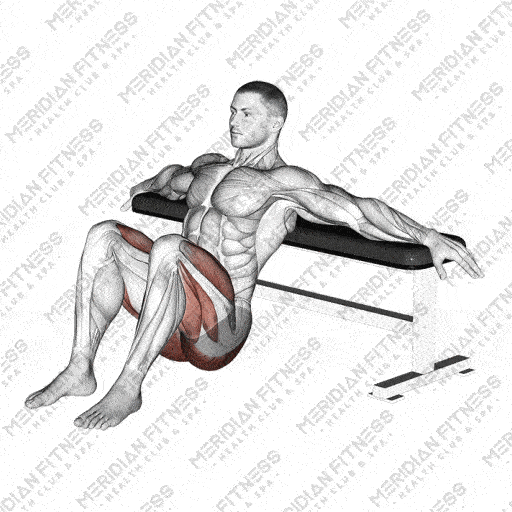
STEP 1: Set Up & Position
- Sit on the ground with your upper back against a bench.
- Place a barbell or weight across your hips (optional).
- Feet should be shoulder-width apart, with knees bent at a 90-degree angle.
STEP 2: Lift & Engage
- Brace your core and glutes before lifting.
- Drive your hips upward until your body forms a straight line from shoulders to knees.
- Squeeze your glutes at the top.
STEP 3: Lower & Repeat
- Lower slowly without fully resting on the ground.
- Perform 10-12 reps per set for the best results.
COMMON MISTAKES TO AVOID WHEN DOING HIP THRUST
Try us; you do not want to go the wrong path. Avoid these common mistakes.
NOT DRIVING THROUGH YOUR HEELS
Press through your heels, not your toes, to fully activate your glutes.
OVERARCHING THE LOWER BACK
Keep your core engaged to maintain a neutral spine and prevent strain.
NOT SQUEEZING THE GLUTES AT THE TOP
Hold and contract your glutes at the top for maximum muscle engagement.
USING TOO MUCH WEIGHT TOO SOON
Begin with lighter weights and prioritize form before increasing resistance.
MODIFICATIONS AND VARIATIONS FOR HIP THRUST
Have a medical condition or can’t do hip thrusts? Here are some variations that you can try.
Bodyweight Hip Thrust
Perfect for beginners to master the movement before adding weights.
Single-Leg Hip Thrust
Increases difficulty by isolating one leg at a time for better glute activation.
Banded Hip Thrust
Adding a resistance band above the knees engages the glutes.
Pause Hip Thrust
Holds the top position for a few seconds to maximize muscle tension.
Reps and Sets for All Levels
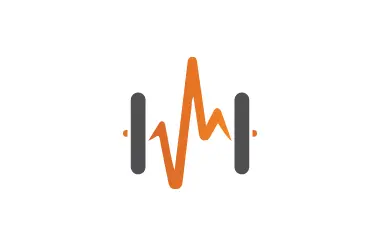
Beginner
3 sets of 10-12 reps using bodyweight or light weights. Focus on proper form and full range of motion.
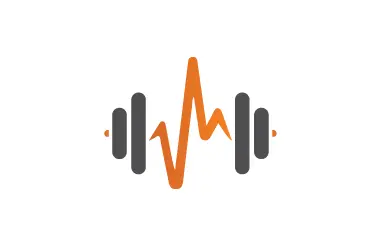
Intermediate
4 sets of 12-15 reps with moderate weight. Ensure controlled form throughout and aim for muscle engagement on every rep.
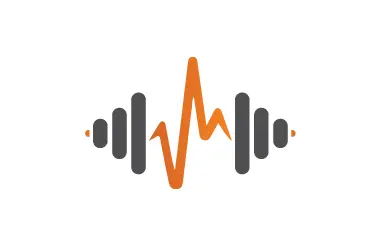
Advanced
5 sets of 8-10 reps with heavy weights, adding pauses at the top to boost glute contraction and strength.
The hip thrust is one of the best exercises for building stronger, more defined glutes and improving lower-body strength. Whether you’re an athlete, weightlifter, or fitness enthusiast, this movement enhances power, speed, and stability.
Incorporate hip thrusts into your routine and experience the difference in strength and performance.
Looking for expert guidance? Train at Meridian Fitness in Greenwich, London, where our professionals can help you perfect your form and maximise your results.
